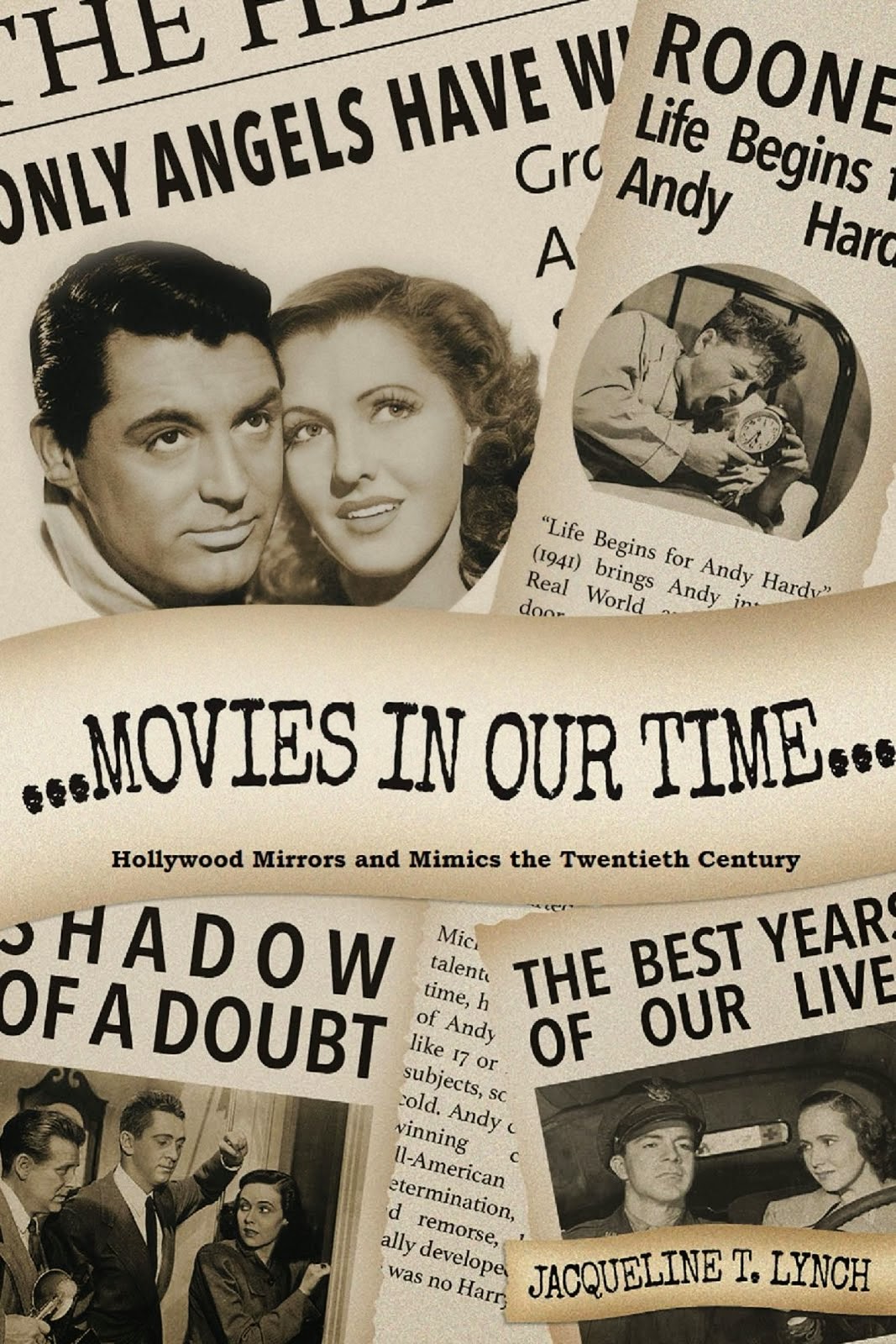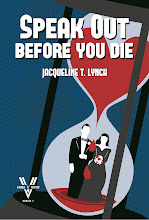
Above is the bill of acts for the Poli’s Palace in Springfield, Massachusetts in 1917. At this time, the Poli Palace was a vaudeville theater, but entrepreneur Sylvester Z. Poli was among the first to introduce movies to his theaters. So, right after Evelyn Elkins “singing comedienne” performs live, we are treated to a silent Western “Their Compact” starring Francis X. Bushman.
The flickers and the “legitimate stage” share an audience, and presumably, worlds collide.

Not that vaudeville was ever really considered “legitimate” stage, but Poli, an Italian immigrant who made his fortune through a string of theaters he owned, most located in New England, intended that his vaudeville theaters provide, according to a publication of the day called “S.Z. Poli’s Theatrical Enterprises”, quoted in The Papers of Will Rogers - Wild West and Vaudeville, Volume II (ed. Arthur Frank Wertheim and Barbara Bair, University of Oklahoma Press, 2000, p. 404) “devoted to progressive and polite vaudeville.”
We can’t be certain how progressive singing comedienne Evelyn Elkins was, but she was probably polite.
 Will Rogers toured the Poli chain of theaters in 1908, and came to Sylvester Poli’s Springfield theater in February of that year. The theater was located at 286 Worthington Street, and after having its name changed to the Park Theatre in 1913, was destroyed in a fire in 1914. Poli was already busy building a new theater, called Poli’s Palace, a little farther down the street at 192-194 Worthington. This theater would continue as a vaudeville house, and after some years of sharing its audience with silent films, would eventually be turned over completely to that new medium when the talkies arrived, and Poli merged his chain with the Loew’s Corporation in 1934.
Will Rogers toured the Poli chain of theaters in 1908, and came to Sylvester Poli’s Springfield theater in February of that year. The theater was located at 286 Worthington Street, and after having its name changed to the Park Theatre in 1913, was destroyed in a fire in 1914. Poli was already busy building a new theater, called Poli’s Palace, a little farther down the street at 192-194 Worthington. This theater would continue as a vaudeville house, and after some years of sharing its audience with silent films, would eventually be turned over completely to that new medium when the talkies arrived, and Poli merged his chain with the Loew’s Corporation in 1934.
Vaudeville had its own hierarchy of “top banana” comics, and lesser acts that “played to haircuts” (meaning people walked out on them, so all the performers saw was the backs of their heads). There were “small-time” vaudeville theaters and “big-time”. In Springfield, Poli’s would have been considered small-time, compared to the vaudeville acts that were booked for the more prestigious Court Square Theater in town, which would carry an odd week or two of vaudeville in between legitimate stage shows.
The Shuberts, Keith, Albee and William Morris, all top vaudeville bookers who, regulated by the Vaudeville Managers Association, collected acts to run on the country’s regional vaudeville circuits. Springfield’s Pat Shea, one manager on the New England circuit, helped start the United Booking Office, a clearing house for vaudeville acts.
In February 1922, Shubert’s “High Class Vaudeville” played the Court Square Theater, and fifth on the bill was “Whipple and Huston.” Walter Huston, who later went on to movie fame, at this time played in comedy sketches with his wife, Bayonne Whipple.

Over at Poli’s Palace, there were lesser known acts, like the Harvey-Devora Trio, which billed themselves as “Grotesque Singing and Dancing Novelty.” We cannot be certain if “grotesque” was added to attract attention, or was merely an honest assessment of their abilities.
Things were more hopefully put with Bixley & Lerner, who called themselves “The Melba and Caruso of Vaudeville.”
Spectacular acts were saved for last, “show-closers”, and on July 13, 1914, Gilmore & Castle, “Blackface Singing and Talking Comedians” (yes, they could also talk), were followed by show-closer Hassan Ben Ali’s Troupe.

In his American Vaudeville: It’s Life and Times (NY: Dower Pub., Inc. 1968), author Douglas Gilbert noted of the Troupe, “Their handsprings were never springy, and their tumbling was wild, reckless, effortless. American acrobats could never approach them. At the end of the act Ali held the entire troupe on his head, shoulders, and arms. Then, at curtain, they would take off like pigeons, throwing themselves, so it seemed, out into space. The illusion was perfect. This was the best of the alley oops and no act has beaten it since.”

Box seats were 50 cents at the Poli’s Palace (orchestra seats were double that at Court Square), but if half a buck was still too steep, you could sit in the balcony for 10 cents.
Sylvester Poli, incidentally, was among the first theater owners to construct a single cantilevered balcony in this building, built in 1913.
Vaudeville ran with a new bill every week at Poli’s from Labor Day through May 30th, when summer stock would take over. Poli had his own traveling theater group, called the Poli Players, that would tour his theaters. One future film actress to get her start with the Poli Players was Gladys George.
 Sylvester Poli, known not only for adding to his chain of theaters, but remodeling old ones, built the Poli Memorial Theater in 1927. The Springfield Republican noted in December 1926, “Modeled, to some extent, after the elaborate Metropolitan picture theater in Boston, its stage and auditorium will be suitable to legitimate productions, vaudeville, and motion pictures.”
Sylvester Poli, known not only for adding to his chain of theaters, but remodeling old ones, built the Poli Memorial Theater in 1927. The Springfield Republican noted in December 1926, “Modeled, to some extent, after the elaborate Metropolitan picture theater in Boston, its stage and auditorium will be suitable to legitimate productions, vaudeville, and motion pictures.”The might be what’s known as having it all, but we never have anything for very long. Vaudeville was dead by 1930, and the talkies carried what would be known as the Loew’s Poli theater for the remainder of the decade and beyond, until that distant day when downtown theaters would be replaced by suburban cinemas.
But for a good while, one could ride the trolley on Main Street, get off on Worthington and walk up to the Poli’s Palace to see Archie Onri “The Original Juggling Genius assisted by Miss Dolly”, and Rohem’s Athletic Girls, which featured feminine exhibitions in “Fencing, Wrestling, and Bag Punching,” or the ever popular Spencer & Williams “Singing and Dancing Duo.”
Later, Loew’s Poli showed first-run MGM films for another generation.
Note: The photos of the exterior and interior of Poli's Palace are from postcards posted on the Image Museum site. The programs and tickets are from my collection.






